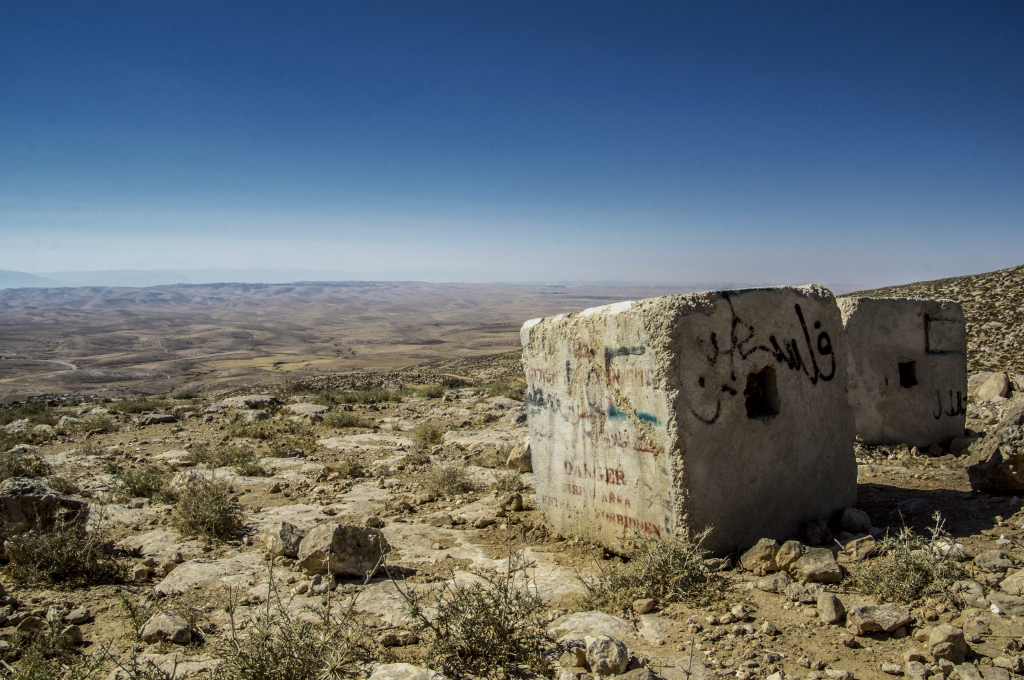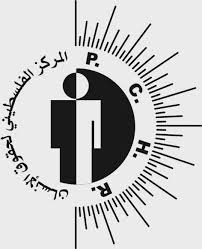Category: In the Media
-
Pressure on Firing Zone 918 residents continues
24nd June 2014 | Christian Peacemaker Teams | South Hebron Hills, Occupied Palestine On 15 May 2014, Israeli courts extended the mediation process between the Israeli army and the villages within Firing Zone 918 for another three months. The Israeli army wants to use this area for training. Israeli, Palestinian and international human rights organizations have condemned…
-
Israeli forces demolish structures in South Hebron Hills
20th June 2014 | Operation Dove | Khallet Forem, Occupied Palestine On June 18th, the Israeli army, along with border police officers and DCO (District Coordination Office) officers entered in the Palestinian village of Khallet Forem, in South Hebron Hills, and demolished seven houses, a bathroom, and a shelter. No demolition orders were delivered for these structures. According to Palestinian…
-
Israeli forces killed member of Palestinian armed group and wounded 3 Palestinian civilians, including a child
12th June 2014 | Palestinian Center for Human Rights | Gaza, Occupied Palestine On Wednesday evening, 11 June 2014, 3 Palestinian civilians, including a child whose condition was described as very serious, were wounded when Israeli forces targeted a member of an armed group who was killed by two missiles launched by a drone in the northern…



